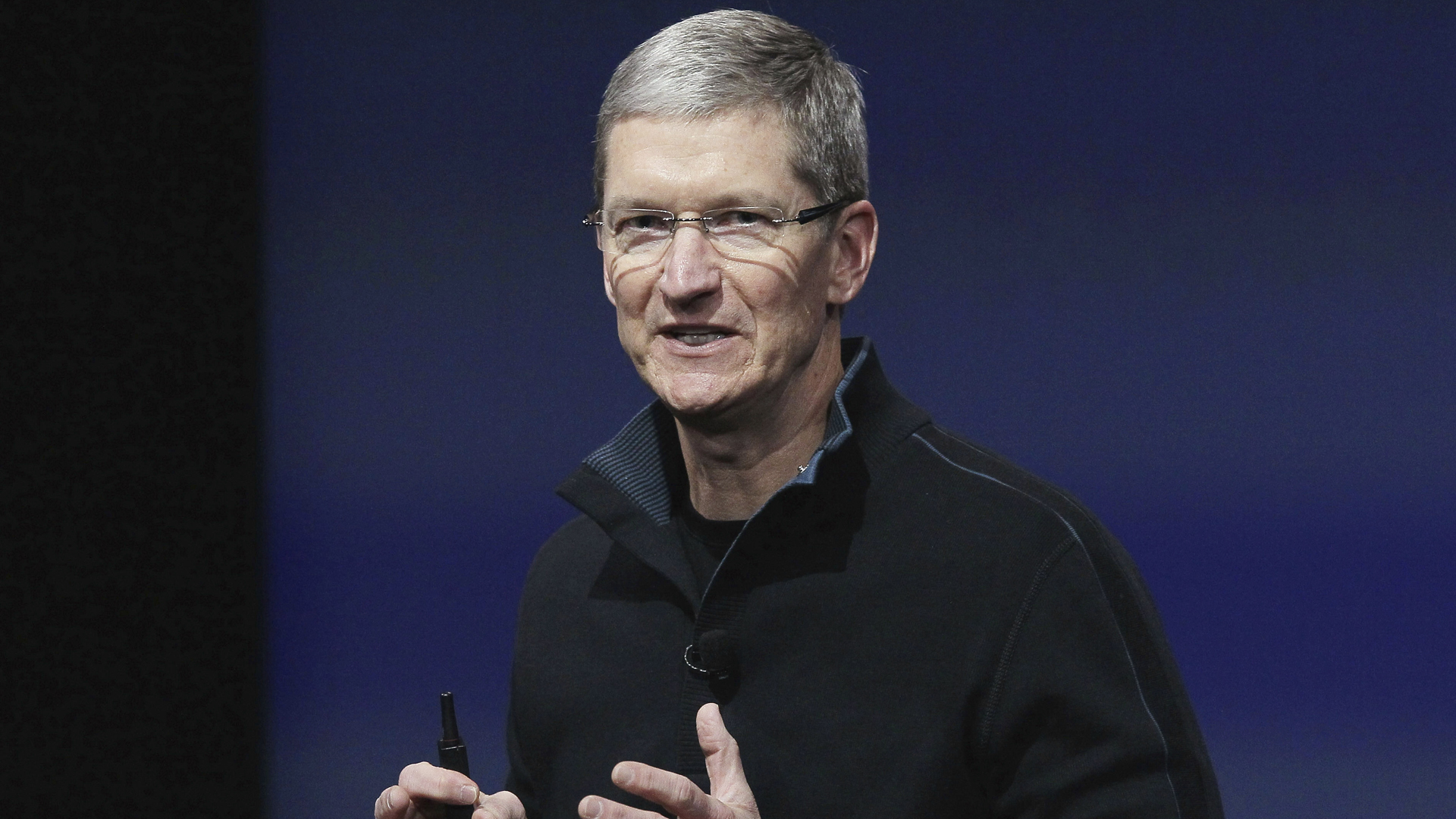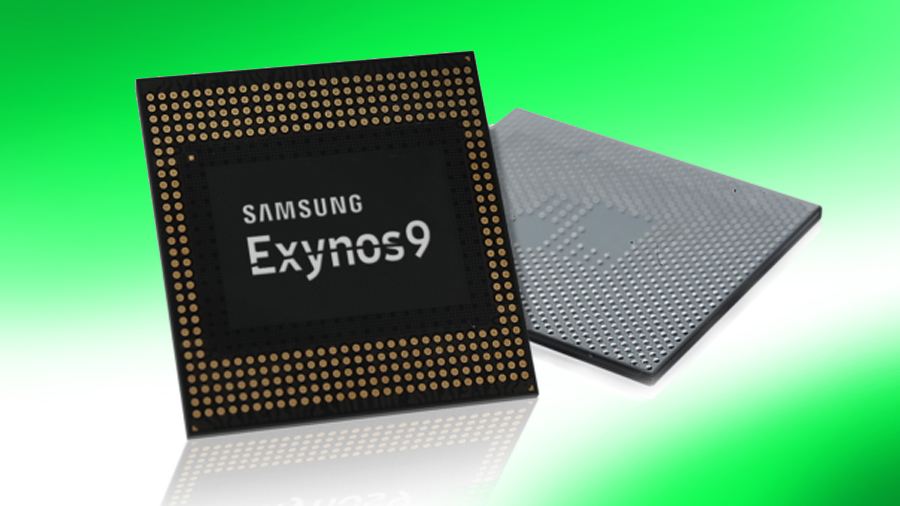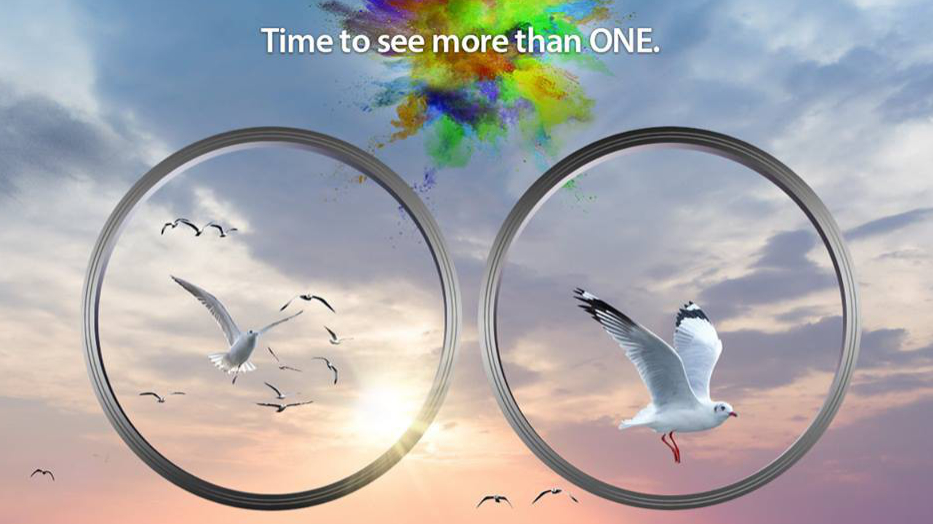If an ex-Googler says that photography on Android is inferior to what you get with an iPhone, that has to make it true, right?
Vic Gundotra, former senior vice president of social at Google, posted to Facebook a set of photos taken with the iPhone 7 Plus’ Portrait mode, which takes advantage of its dual-lens setup. They are certainly nice photos, filled with warmth, focus and bokeh.
In the comments, he responds to someone praising the Samsung Galaxy S8’s abilities by saying “I would never use an Android phone for photos!” However, the finger isn’t pointed at any phone in particular. The blame, he says, lies on Android itself. And according to Gundotra, the photography experience as a whole on the platform is a “few years behind” of where Apple’s currently sitting.
Do you agree? I'm conflicted.

It depends on the user
Most people–if not all–will agree that phones in general have never taken better photos than they do now. As in, there has never been a better time to leave your DSLR at home and rely solely on your smartphone for taking snaps.
From the bird's eye view, Android’s progress chart is more difficult to map out compared to Apple’s, though there is certainly progress being made. Just look at what the S8 and Google Pixel are capable of. Though, as Gundotra states, most Android smartphones offer a “confused and bewildering array of photo options” and I totally agree.
Using a camera on an iPhone involves the same process, no matter the model you own. This makes moving from iPhone to iPhone much easier for the consumer. Thus, Apple’s job of updating the software and hardware for its unified batch of phones is all the more simple.
We’re at the point where it isn’t difficult at all to find a phone that takes competent photos, no matter your preference of Apple or Android. All said, I’d argue that if you aren’t someone who concerns themselves in what’s happening on the other side of the fence, you probably don’t think about what you’re missing out on, unless it’s a big-ticket feature.

A Pixel-only affair
Gundotra doesn’t mention this part, but he sort of doesn’t need to, as it would muddle his argument. Not every Android device falls victim to the bewilderment he speaks of.
If you own a Nexus 6P or Google Pixel XL, you’re treated to an experience that more or less mimics each other. The camera icons look similar and they both use Google Photos as their default camera gallery app. In a sense, these Android phones offer the most Apple-like experience in that regard.
These phones exist in a bubble and by showing that it can create a cohesive experience, Google is doing a service to those who want one, like Gundotra. But in doing so, it’s also adding to the problem of fragmentation among the greater family of Android devices. This is an issue worth working to solve, as companies like Samsung, HTC, LG and others have been making great strides in mobile photography.
However, if you own one of these Google-made phones, you’ll agree that each put forward more than enough proof that you can take the snap the best photos around without an iPhone.

Google is still crushing it
The attack on Android doesn’t single-out megapixel counts, the number of lenses, aperture values or any other spec that traditional photographers obsess over. Gundotra focuses on the smartphone’s area of expertise: computational photography, or using software smarts to compensate for the phone’s lack of optical bravado.
Apple’s Portrait Mode intelligently gathers depth information with its lens array, filling in the background with a thick layer of bokeh that gives each photo a really rich, DSLR-like effect. When it works–which is most times–it works really well.
But while he states that Google’s heyday in the space was 5 years ago, the company’s upcoming innovations make removing wrinkles, whitening teeth and other effects seem like child’s play.
Google Lens, unveiled at Google IO 2017, takes computational photography to a whole new level. When it launches soon, this new injection of machine learning into Android’s camera will be able to remove unsightly objects from photos, even ones that sit in the foreground.
So, is photography on Android “years” behind the iPhone? In the sense that Google lacks unified camera experience across all devices, yes. However, Google’s own devices, as well as Samsung’s prove that Android is right on par and ahead in a few key ways.
But as we’ve seen, it’s not always so fair to compare Apples to Androids.













